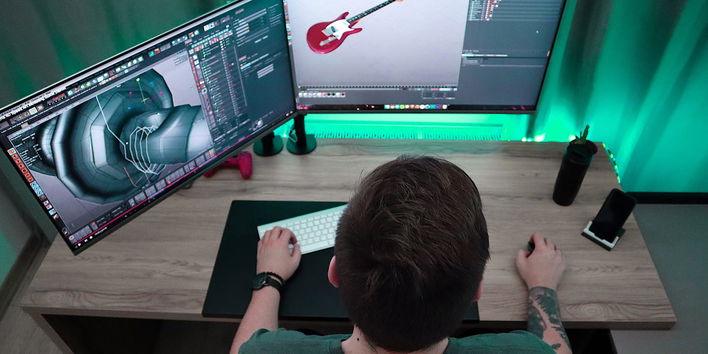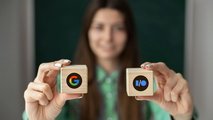Point-E is another super baby of the super-parents called OpenAI that has technically broken all records of presenting futuristic platforms to the world.
OpenAI's Point-E is a ground-breaking AI tool that has revolutionized how 3D models are created. It uses advanced AI algorithms to quickly generate high-quality 3D objects from simple 2D images.
It makes it easy to create stunning visualizations without extensive manual work or specialized technical knowledge.
Point-E is powered by an autoencoder architecture, which helps it understand shapes and textures and then use those features to generate realistic 3D replicas of the original image.
The resulting output can be tweaked by adjusting specific parameters such as size and orientation. With Point-E, users can create 3D models in less time and with fewer resources.
How does it work?
Point-E runs on a single Nvidia V100 GPU to generate 3D models, which can take up to 2 minutes depending on the complexity of the request.
It creates 3D objects in a non-traditional way using point clouds that are easier for computers to synthesize.
Point clouds are sets of data points in 3D space that represent the external surface of an object. They are often used in 3D computer graphics, 3D scanning, and other technologies that involve processing and manipulating 3D data.
And since the models are made up of point clouds, they'd be less seamless, and that's the limitation Point-E is trying to solve with the current version with a new update.
The update includes a separate AI system that converts the point clouds to meshes.
Meshes are 3D models made up of interconnected triangles or polygons. They represent the surface of an object or environment in a more precise and continuous way than a point cloud.
How to get your hands on Point-E
OpenAI successfully launched DALL-E and ChatGPT in 2022, eventually unravelling Point-E conceptually.
We already know how exceptional these two projects are, so the probability of Point-E becoming a hit and seeing all-time high traffic is relatively high.
Although, Point-E hasn't launched officially yet. But for techies, the libraries are available on GitHub.
For those who can't wait to try it out and want to avoid involving in technicalities, 'Hugging face' has developed a demo for converting your text to 3D models, and right now, it's free to play with.
The examples of how accurate and advanced the new technology are towards the end of this article; give it a read and try some queries yourself!
Conjecture around Point-E
The potential applications of Point-E are virtually limitless. It can be used for game design, architectural visualization, product prototyping, 3D printing, and more.
With its easy-to-use interface and fast results, Point-E can make it possible for anyone to explore the world of 3D modelling without spending hours learning intricate tools.
One of the most impressive features of Point-E is it is likely to have the ability to learn from a large dataset of 3D models and use that knowledge to generate new models that are highly detailed and accurate.
It means that users can have prior experience or knowledge of 3D modelling to create professional-grade models.
In addition to its impressive modelling capabilities, Point-E is also believed to include a range of tools for refining and customizing generated models.
It includes adjusting lighting, materials, and other properties to achieve the desired look and feel.
The utility and need of Point-E, as shown by the people at OpenAI, is it would help fabricate real-world objects with the help of 3D printing technology.
Examples of Point-E
The hugging face has generated the demo of converting your text into 3D models, and the result seems odd now, but the better version will be just as good as they did with DALL-E as they launched DALLL-E 2.
Let's run a few tests on the platform and see how many requests it gets right and how many generate ambiguity.
Here we are comparing two different examples where we put a noun and then add more details to it to see if the platform can understand the request.
A penguin
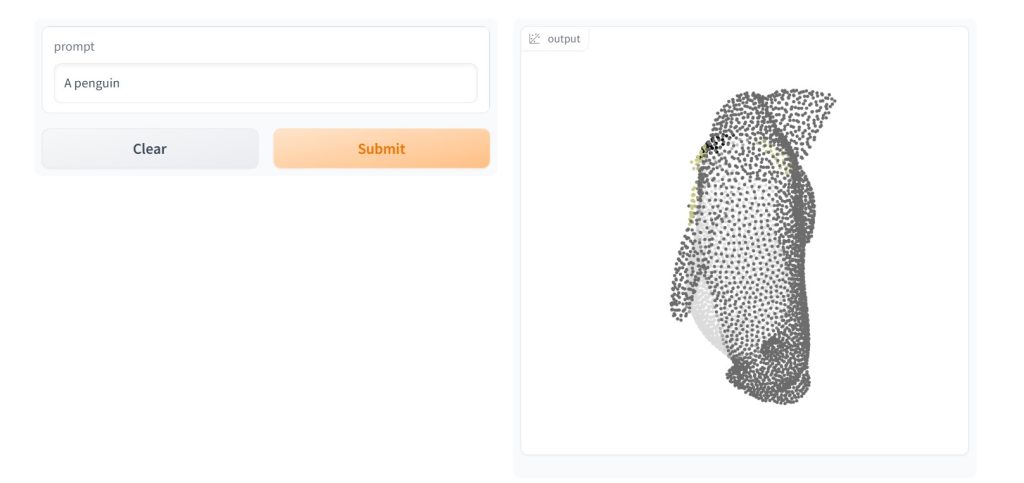
A penguin walking on ice
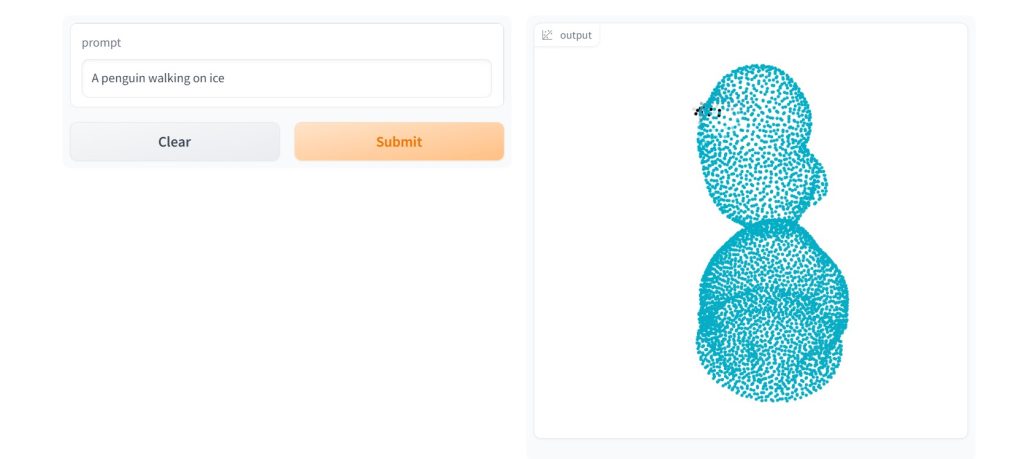
A cat
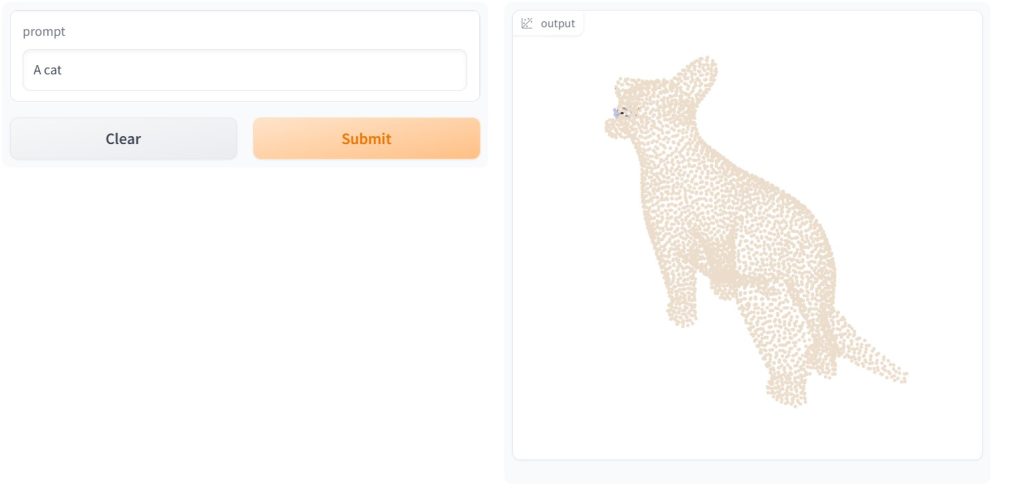
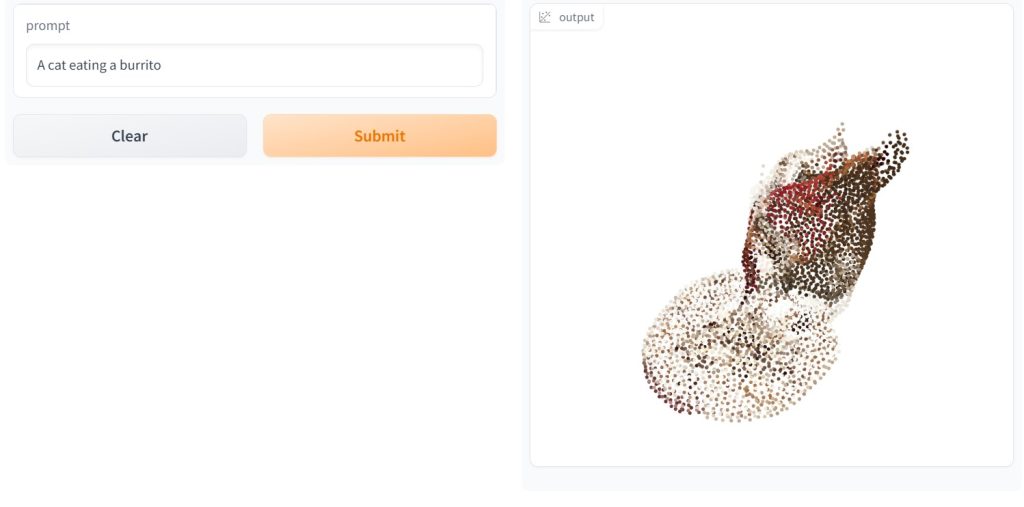
A house
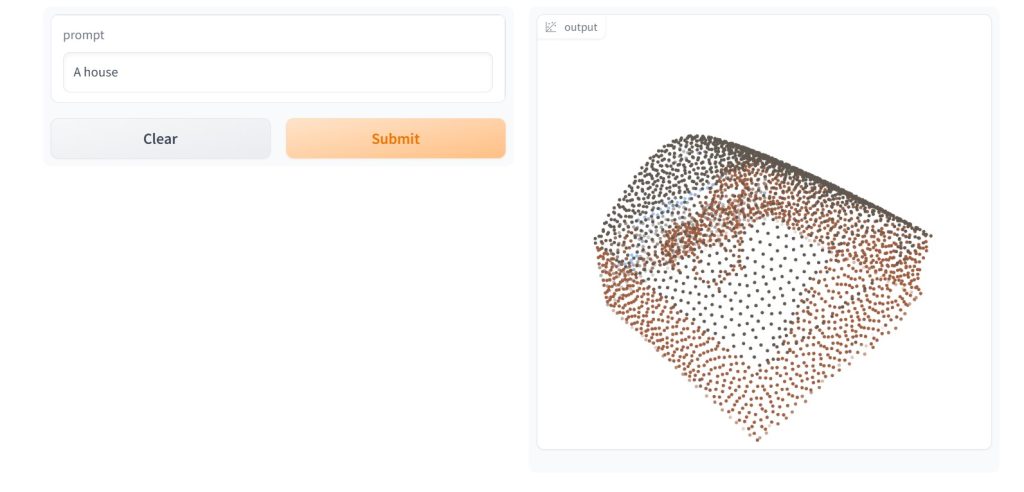
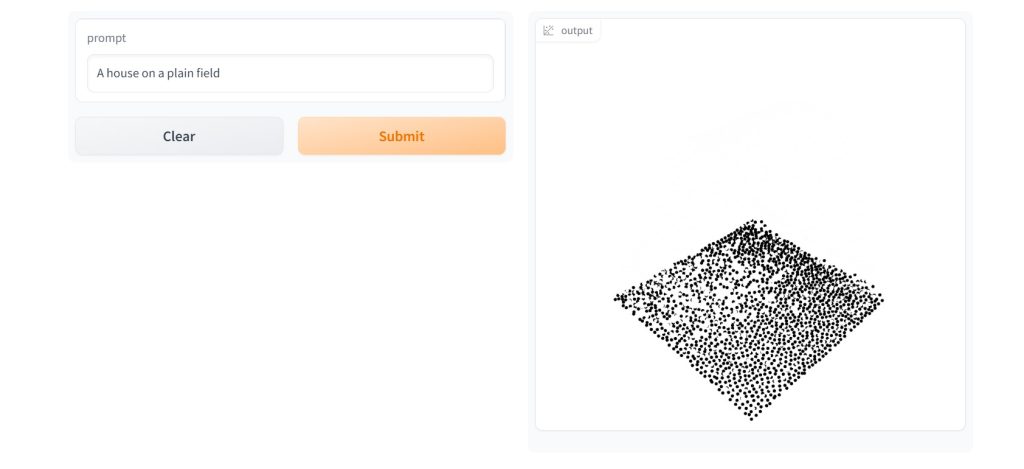
Creating a 3D object for an elaborated request seems to create ambiguity for the platform. Currently, it works fine for simpler and singular requests.
Closing lines
The future of 3D modelling has never looked brighter! OpenAI's Point-E brings an exciting new tool to the table that allows users to create stunning visuals with minimal effort quickly.
As technology advances, we're likely to see many more innovative applications from this AI powerhouse that will help humans to achieve and advance operations smoothly.

Niyati Madhvani
A flamboyant, hazel-eyed lady, Niyati loves learning new dynamics around marketing and sales. She specializes in building relationships with people through her conversational and writing skills. When she is not thinking about the next content campaign, you'll find her traveling and dwelling in books of any genre!

Let’s build the next big thing!
Share your ideas and vision with us to explore your digital opportunities
Similar Stories
- AI
- 4 Mins
- September 2022

- AI
- 7 Mins
- April 2023


Receive articles like this in your mailbox
Sign up to get weekly insights & inspiration in your inbox.
